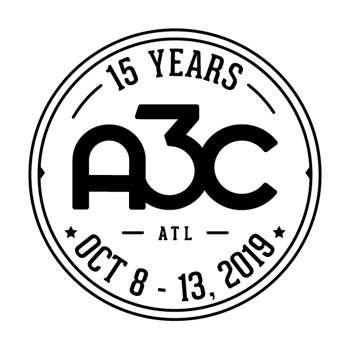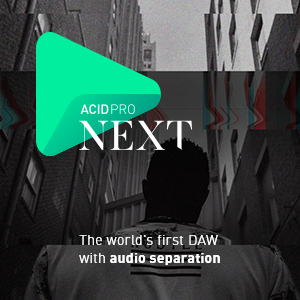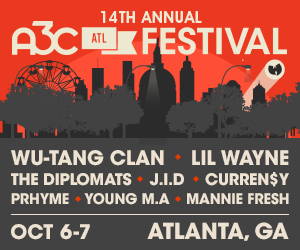 The collaborative album continues to be one of the most hyped, yet rarely well-executed efforts in music. Often fusing two completely unrelated styles of artist, they can either be a masterpiece of creative cooperation or an awkward attempt to capture energy from a fleeting moment. Although collaborative albums in Hip-Hop are nothing new, we’ve seen a recent spike in the trend during the last few years.
The collaborative album continues to be one of the most hyped, yet rarely well-executed efforts in music. Often fusing two completely unrelated styles of artist, they can either be a masterpiece of creative cooperation or an awkward attempt to capture energy from a fleeting moment. Although collaborative albums in Hip-Hop are nothing new, we’ve seen a recent spike in the trend during the last few years.
Collaborative albums give us a chance to enjoy and experience something new with our favorite artists, hearing them team up in ways that we never before would have imagined. It's great to hear artists expand their style and reach fanbases they may never have otherwise, but issues arise when the project comes off as forced, unpolished, or just outright bad. Although there is great potential for collaborative albums in the future, they must be done right to be successful.
Jay-Z’s collaborations are great examples of this because they represent both sides of the coin. Many people forget (or at least try to) Jay-Z and R. Kelly’s The Best of Both Worlds and Unfinished Business albums, bodies of work that were panned by both music critics and fans alike (Ty-Ty, you may have been on to something). Although both performed well commercially, neither of them felt authentic, with questionable lyrics and less-than-stellar subject matter riddling the tracklists. Despite this shortcoming Jay-Z persevered, eventually teaming up with Linkin Park to create Collision Course, an interesting mashup of both parties’ greatest hits. Although technically none of the songs were new recordings and the album received mixed reviews, Jay-Z got one step closer to finding his niche in the collaborative lane. Melding rap and rock had been done before, but the album was refreshing because listeners never imagined Jay-Z gong down that path. Not only that, the EP was a major commercial success, having gone platinum and earning a Grammy. Yet, nothing quite compares to the cinematic, groundbreaking masterpiece that is Watch the Throne. Pairing Jay-Z with his longtime producer and protege, Kanye West, this album changed the course of modern Hip-Hop with its magical vocals, orchestral, EDM and rock influenced soundscapes and grandiose-yet-conscious subject matter. The album remains a cultural cornerstone to this day, having shifted the boundaries ofwgkta Hip-Hop could potentially sound like. Watch the Throne was wildly popular when it was released, earning several Grammys and proving to be a major commercial success. For any artists that hope to create collaborative albums in the future, Jay-Z’s trial and error method showed that it’s best to work with artists that you already have a history with, and who truly understand and respect your musical point of view. Trying to create music with a new artist or genre can potentially work, but it has to make sense and provide some type of creative ingenuity.
More recently, Hip-Hop fans were able to experience Drake and Future’s highly anticipated “mixtape”, What a Time to Be Alive. Although this project had a fair amount of hype and pretty solid production, it proved to be utterly underwhelming and another example of work that paired artists who don’t match and who didn't put much effort into the concept. Future held his own as he was merely moving in an arena he’d already mastered (bass pounding beats, hypnotic melodies and surface-level lyrics), but the record seemed extremely forced and awkward on Drake’s end. It came off as Drake trying to keep up with Future, rather than working alongside him. It's tough to quantify how hard it was to sit through Drake’s incessant rambling and Future-esque mumbles for two whole minutes at the conclusion of “Diamonds Dancing”, or how many times you wanted to hit the forward button when the almost comical stripper love-song “Plastic Bag” came on. With the exception of “Jumpman” and “Digital Dash”, the project sounded like everyone sat in the studio for a week, churned out as many beats as possible and laid verses about the most expensive things they could think of. And the sad reality is... That's exactly how it happened. The mixtape was a musical equivalent to fast food--quickly produced and instantly gratifying, but devoid of any true value or long term benefit. Making an album with an artist that's hot at the moment or is simply your friend may not be the best strategy, especially when the album completely revolves around only one artist’s style of music.
Regardless, there are also recent examples of the collaborative theme working effectively. Big Sean and Jhené Aiko’s Twenty88 EP was a major hit, pairing two artists with an obvious chemistry and track record for producing great music (such as Big Sean's “I Know”). Jhené Aiko’s soft voice and gentle musical approach juxtaposed Big Sean’s unapologetic lyrics and brazen flow perfectly. This project worked well because it gave both male and female listeners a perspective they could identify with, and found an even balance between Jhené Aiko’s affinity for smooth R&B hooks and Big Sean’s clever punch lines.
In conclusion, collaborative albums aren't necessarily a bad thing for the future of Hip-Hop, they just can't be done halfway. Gimmicks, trends and the usual hit-making formula may not work like they typically do, because you have an unprecedented variable that must be accounted for--the other artist. Instead of mass producing songs and looking for an artist that can earn high album sales, find a partner that can match your work ethic, style and attitude toward making records. It's always fun to hear your two favorite artists on a track, but when it comes to a complete body of work, take the time to produce something classic with someone that complements your energy.



